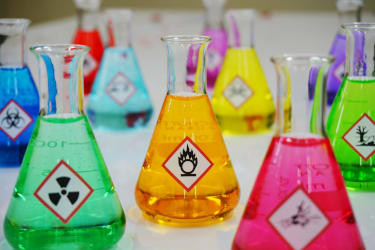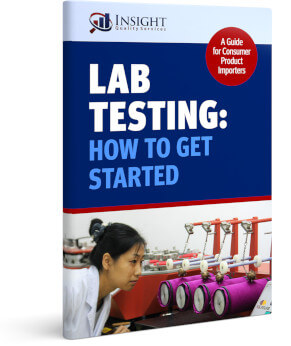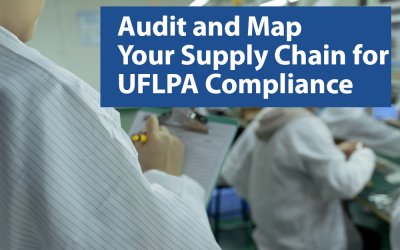One of the challenges of managing compliance for a consumer product brand is the ever-changing body of directives and regulations that might apply to your products.
Importing non-compliant products from countries like China, Vietnam, or India can lead to costly penalties and product recalls. So it’s important to maintain constant awareness of the regulations in every territory where you’re importing and ensure that your products are compliant.
When doing business in the European Union (EU), it’s essential to have a clear understanding of REACH and RoHS.
What is REACH?
REACH is an EU regulation that places restrictions on the chemicals found in a broad range of products.
 The acronym REACH stands for “Registration, Evaluation, Authorisation, and Restriction of Chemicals.” The European Chemicals Agency (ECHA) enforces it.
The acronym REACH stands for “Registration, Evaluation, Authorisation, and Restriction of Chemicals.” The European Chemicals Agency (ECHA) enforces it.
ECHA maintains a list of Substances of Very High Concern (SVHCs). These substances are considered to be carcinogenic, mutagenic, toxic for reproduction, or bioaccumulative. Currently, the list contains over 200 chemicals and ECHA will add more over time.
REACH requires companies to report substances manufactured in, or imported to, the EU above 1 ton per year. These include chemicals found in articles such as toys, clothing, furniture, and other types of products. Importers are required to assess the potential risks these chemicals pose and communicate them to ECHA through a “registration dossier.”
ECHA also maintains a list of restricted substances that companies may not put on the market at all.
Another piece of legislation, RoHS, also deals with hazardous chemicals.
What is RoHS?
RoHS is an EU directive that bans the use of 10 chemicals in electrical and electronic equipment (EEE).
The RoHS acronym stands for “Restriction of Hazardous Substances.” Each EU member state is responsible for its own enforcement of the directive and it has evolved over time.
The initial directive (RoHS 1) was adopted in 2002 and included a list of 6 substances. Another directive (RoHS 2) was added in 2011 to add legal clarity. RoHS 2 was then amended in 2015 to add 4 new substances to the list — this is sometimes referred to as RoHS 3.
The following 10 chemical substances are restricted under RoHS:
- Lead (Pb)
- Mercury (Hg)
- Cadmium (Cd)
- Hexavalent chromium (Cr6+)
- Polybrominated biphenyls (PBB)
- Polybrominated diphenyl ether (PBDE)
- Bis(2-ethylhexyl) phthalate (DEHP)
- Butyl benzyl phthalate (BBP)
- Dibutyl phthalate (DBP)
- Diisobutyl phthalate (DIBP)
Any company that sells EEE products such as mobile phones, IoT devices, and others needs to ensure their products do not contain these substances.
Aside from the restriction of substances, the RoHS legislation was also crafted to help facilitate the disposal and recycling of EEE waste throughout Europe.
The two pieces of legislation we’ve discussed here, REACH and RoHS, are not islands unto themselves.
How REACH and RoHs Work Together
There is some overlap between REACH and RoHS, but the two pieces of legislation are designed to be complimentary.
The European Commission published a document called, “REACH and Directive 2011/65/EU (RoHS) a Common Understanding,” (Doc. CA/36/2014) that gives a good indication of how they work together.
One important thing to note is that the 10 substances restricted under RoHS are also covered under REACH. However, when it comes to EEE products, RoHS is given priority.
If you’re importing these products to the EU, this is important to understand.
In general, to maintain compliance with RoHS, REACH, and other pieces of legislation around the world, it’s important to include lab testing in your quality control plan. At Insight, we have resources for lab testing. So feel free to reach out if you have questions about this service.
Also, we’ve put together a free lab testing guide that you can download if you are wondering how to get started.
Lab Testing: How to Get Started
As a consumer product importer, lab tests help you ensure that your products are compliant with regulations in the country of importation.
We’ve put together this guide to help you get started with lab testing so that you can make your products available for sale sooner rather than later. Avoid fines and customs issues by starting off on the right foot.





0 Comments